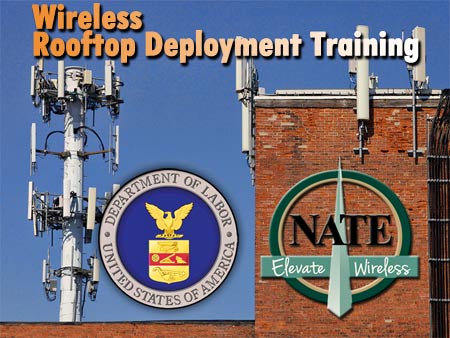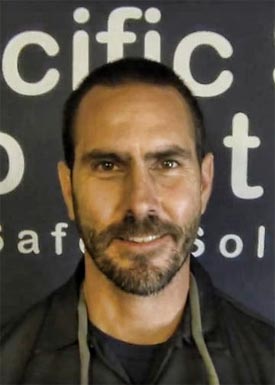The National Association of Tower Erectors (NATE) today released a video entitled “Rooftop Safety: Don’t be Complacent” in order to shine a spotlight on the specific hazards, guidelines and best practices associated with wireless rooftop deployment activities.

NATE has championed the need for safety training on rooftops and will be providing courses on rooftop deployment through a Department of Labor grant.
NATE has taken an active industry role in ensuring that workers are safe in any environment and has tackled the often overlooked complexities and dangers of rooftop work. The Association was recently provided a Department of Labor grant for nationwide wireless deployment training.
The video provides valuable rooftop deployment safety information such as the hierarchy of fall prevention controls, RF hazard identification, ladder utilization and edge negotiation. The video also includes an interview with an experienced wireless technician who provides his perspective and tips for conducting rooftop work in a safe and efficient manner.

Corey Messer
“This #ClimberConnection video is a must watch for all workers, employers and stakeholders in the industry in order to ensure that rooftop installation and maintenance activities are performed safely,” said NATE Wireless Industry Network California State Liaison Corey Messer from Pacific Safety Solutions LLC.
“As an industry trainer based out of heavily populated Southern California, I know first-hand both the prominent role rooftop sites are playing to densify networks and the unique hazards associated with these type of sites,” added Messer.
NATE encourages tower technicians and industry stakeholders to actively participate in this campaign by posting the video on their respective social networking platforms using the hashtag #ClimberConnection. NATE also encourages industry workers to share their comments on the video through social interaction on the Association’s Facebook and Twitter pages.
The Climber Connection Volume 4 campaign was developed by the NATE Member Services Committee in conjunction with the NATE Safety & Education Committee and is designed to provide specific resources and communicate the Association’s message directly to the industry’s workforce.


















